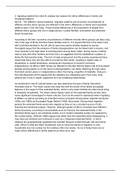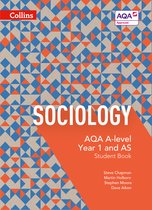Exam (elaborations)
Applying material from item B, analyse two reasons for ethnic differences in family and household patterns.
- Institution
- AQA
Talks about how different minority ethnic groups can play a big role in the type of family structure these families live in. How ethnic minorities households differ from other family types
[Show more]






